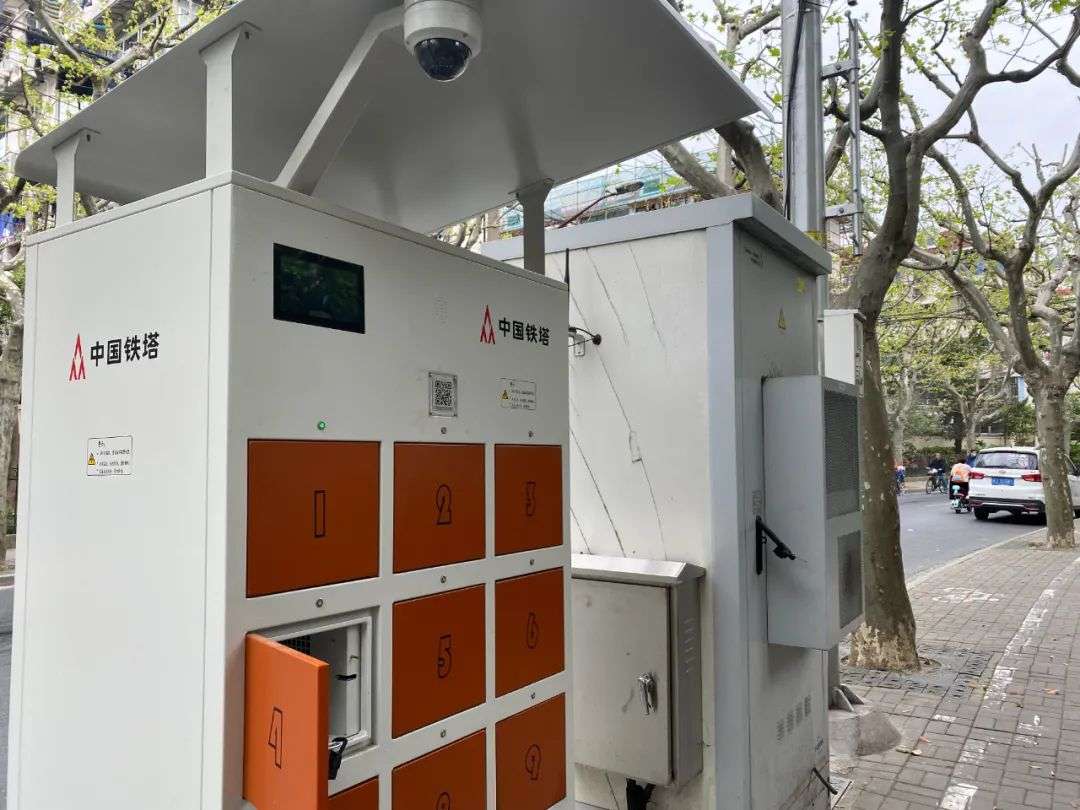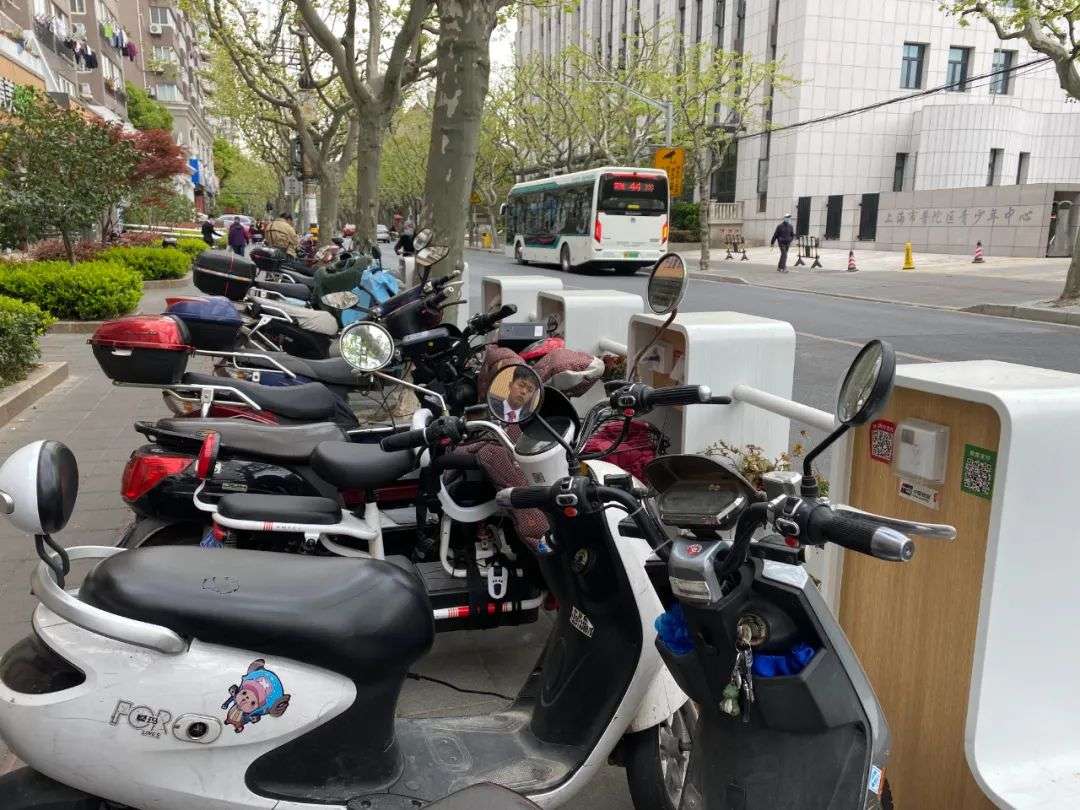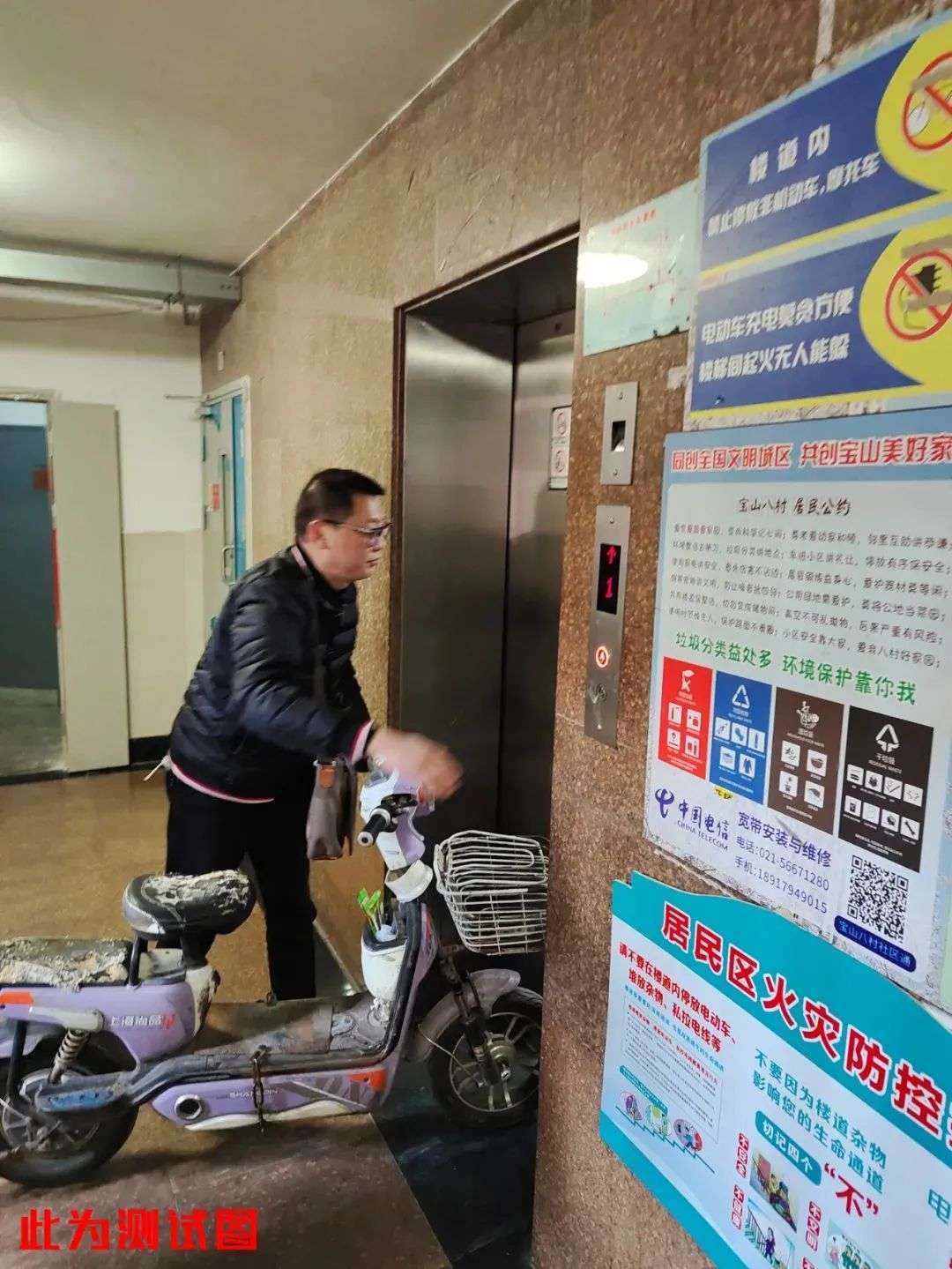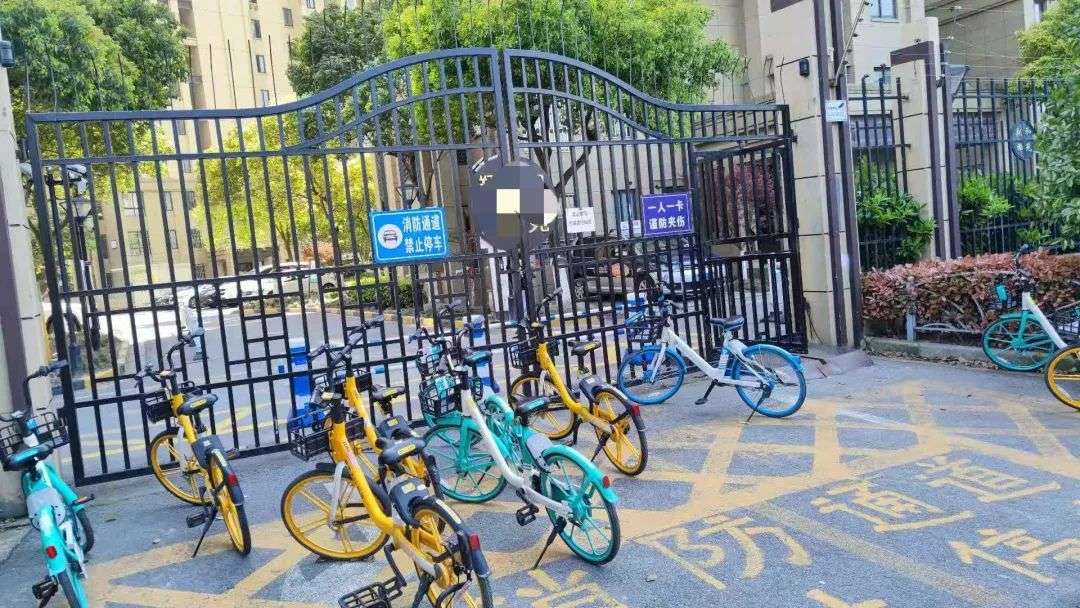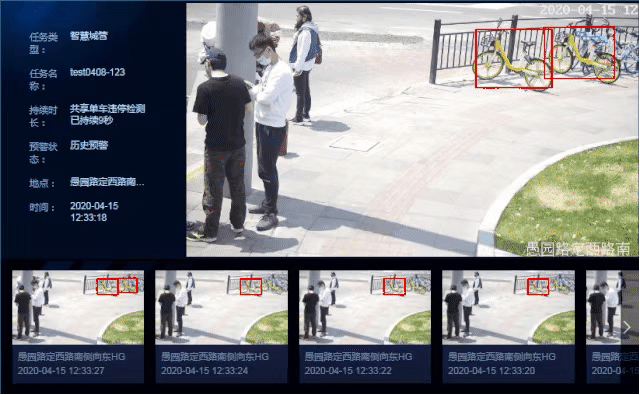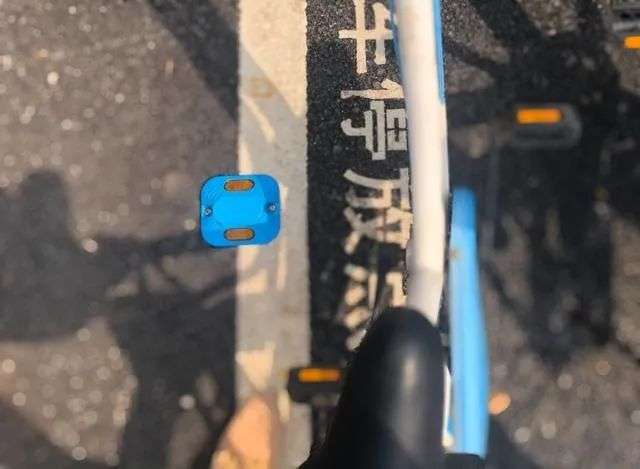Shanghai “super brain” in the last kilometers of the “little wisdom”
Editor’s note: This article is from the micro-channel public number “IT Times” (ID: vittimes), Author: Sun Yan.
Drawing: IT Times Feng Chengjie
30 seconds quick reading
1, Recently, electric car sharing charging piles and switch cabinets have quietly appeared on the streets of Shanghai. The “4-hour” shared power bank and the universal shared bicycle are in sharp contrast.
2, All districts in Shanghai are uniting with Shanghai Telecom, Shangtang and other companies to use “smart eyes” to watch electric vehicles enter the corridor for charging, sharing bicycles illegally parked and other chaos .
Mobike, a pioneering bike-sharing startup, has pioneered in Shanghai, and is expected to impact the “first share of shared travel” Harobi is also a “unicorn” in Shanghai. This city has witnessed the battle for sharing. .
Ofo and Mobike were once infinitely close to the merger, but they were “distracted” by Ali. The story of the business war is talked about.
On the ruins of shared bicycles, there is a nationwide “battle” that was once a battle for every inch of land.
This “public welfare undertaking” leaves users with rising user fees and hundreds of years of hard-to-refund deposits, while leaving the city with a hard-to-eliminate “scar”-the phenomenon of illegal suspension and chaos. Not only that, but what about the rise in shared “prices”? How to fix the “post-war scars”? These problems are spread before the eyes of city governors.
Recently, shared charging piles and switch cabinets for electric vehicles have quietly appeared on the streets of Shanghai. The charge of “1 cent charge for 4 hours” is in stark contrast to the “30 yuan charge for 4 hours” shared power bank and the general price of shared bicycles. Compared.
Between dredging and blocking, the last mile of Shanghai runs in an orderly manner.
01
1 cent for 4 hours
Electric vehicles can be charged on the road
In the Wuning area of Caoyang Street, Putuo District, Shanghai, and Meichuan Road and Zaoyang Road, rows of shared charging piles for electric vehicles appeared quietly. Scan the QR code with your mobile phone to charge the electric vehicles. WeChat Pay 1 Yuan/4 hours, UnionPay QuickPass App only takes 1 minute/4 hours.
China Tower Shanghai (hereinafter referred to as “Shanghai Tower”) was the first to pilot a shared charging pile model on the streets of Caoyang, and then set up charging piles and charging cabinets in the community.
Source: IT Times
After focusing on the hot spots where the daily order volume of takeaway exceeds 10,000, we launched a switch cabinet for courier brothers and takeaway brothers, and cooperated with takeaway sites. The price is also similar to the market price, with a monthly subscription of 299 yuan/person.
Source: Shanghai Tower
“The takeaway boy used to spend more than 100 yuan on charging every month, and many boys would also bring a few batteries by themselves, because there was no time to charge.” The relevant person in charge of Shanghai Tower told the IT Times The reporter said.
Nowadays, the smart battery exchange model for electric vehicles is setting off a new wave of entrepreneurial enthusiasm. Shanghai is the city of origin. In addition to the “national team” China Tower, startups such as Hello Xiao H, e exchange, and smart rent are also killing. Into.
Once the battery standards are unified, the takeaway boy may no longer have to save money to buy worn-out second-hand cars, and buy new electric cars at half the price, because you only need to buy the frame, not the battery!
Compared with the new upsurge of the sharing economy, the greater significance of this model lies in the use of “sparseness” to solve the charging disorder of residents’ flying lines and alleviate the problem of charging difficulties.
One out of every three Shanghai residents owns an electric car.
However, only 30% of the communities in Shanghai have set up centralized charging places for electric vehicles, and there is still a gap of 2.13 million parking spaces, which is a disguised form of “home charging” chaos, and shops along the street are the hardest hit areas for fly-wire charging.
Source: IT Times
“We used to fly out from the store to charge, and we rotated charging around the clock.” A real estate agent in a nearby store was scanning the code to open the charging pile.
When a reporter from “IT Times” visited multiple shared charging piles in Caoyang Street, Putuo District, Shanghai, they found that as long as nearby real estate agencies, restaurants and other stores are concentrated, the charging piles are almost fully loaded.
In 2020, there will be an electricThere were 381 traffic fire accidents, resulting in 20 deaths, accounting for 12.87% of the total number of fires in the city, 41.7% of the total number of fatalities and 40% of the total number of injured.
Electric vehicles, the most convenient means of transportation in the last mile of the city, have once been an “invisible killer” for charging.
On the big screen of the Urban Transport Center of Caoyang Street, Putuo District, a reporter from “IT Times” saw that 11 communities and street charging outlets have been established in the area. The coverage of parking spaces and the status of parking space security equipment are clear at a glance.
Source: IT Times
At this moment, a usage warning appeared on the big screen of the Urban Transport Center. The relevant person in charge of Shanghai Tower explained that if the usage rate of charging equipment in the community is too low, it can be judged that the community has the risk of flying wires or charging in the room. The streets can directly send orders to the neighborhood committees of the community through the one-network management platform, “this solves the previous dilemma of the difficult charging management of the corridors in the community.”
From Caoyang Street to Putuo District, from Putuo District to Shanghai, Shanghai Tower has deployed 813 low-speed charging piles in Shanghai, with more than 8,000 charging ports and nearly 200,000 use times.
The national team’s entry into the field of electric car sharing and charging is not to fight a price war. It is a greater challenge for them to integrate into the city.
The shared charging piles scattered on the street are not eye-catching at all. It is like a flowerbed, which can also be used by the public to rest. While waiting for the electric car to be charged, it can also scan the code to charge the mobile phone.
02
“Wisdom Eye” staring at the two-wheeled vehicle inside and outside the building
In a high-rise building in Baoshan Eight Villages, as soon as an electric car was pushed into the elevator, the loud voice warning sounded in a loop: “Do not drive the electric car into the elevator, please take out the electric car.” If someone ignores the embarrassment and wants to continue pushing the electric car upstairs, the elevator will automatically stop running until the electric car leaves.
The reason why the elevator can be transformed into a “neighborhood aunt” is because it is equipped with a “smart eye”. AI will automatically analyze the video to determine whether there is an electric car entering the elevator.
Shanghai Telecom draws inferences about it and promotes this black technology to scenes such as sharing bicycles entering communities, electric vehicles entering corridors, etc., and using the “smart eyes” that have been installed.
Source: IT Times
Currently, Shanghai Telecom has installed applications to discourage electric vehicles from going upstairs on Baoshan Youyi Road, and piloted applications to discourage electric vehicles from entering corridors and shared bicycles into communities in Ruijin 2nd Road and Nanjing East Road. The two major urban transportation centers of Fengpu Sub-district and Zhuangxing Town were established to combine the first two applications to cover multiple scenarios such as corridors and elevators.
Different from the mandatory method of automatic elevator shutdown, the “Smart Eye” finds that someone rides a shared bicycle into the community, or pushes an electric car into the corridor, it will send directly to the community through the unified management platform of the urban transportation center. single. In just a few minutes, the neighborhood committee can locate violating vehicles and people.
Once an electric car catches a fire, it can kill people in as little as 100 seconds. In order to prevent electric vehicles from becoming the “invisible killer” in the city, Shanghai has been left alone.
First, it is clear that in 2020-2022, a batch of charging pile demonstration communities will be built every year to accelerate the realization of community charging safety supervision and intelligent and orderly charging. Later, on May 1 this year, “the most stringent electric vehicle management regulations in history”-“Shanghai Municipal Non-motorized Vehicle Safety Management Regulations” will be implemented on May 1 this year, expressly prohibiting electric bicycles from charging in corridors, and a maximum fine of 50,000 yuan.
So, the shared charging mode and the “smart eye” monitoring mode came into being.
03
“AI Patrolman” replaces the tactics of “catch illegal stop”
The two-wheelers targeted by the “Wisdom Eye” are not only electric vehicles, but also shared bicycles. The problem of shared bicycles is not only entering the community, but also a wider range of illegal parking.
Source: IT Times
According to data released by the Shanghai Bicycle Industry Association, the number of shared bicycles in Shanghai remains stable at more than 500,000. In the past, it was difficult to keep a firm eye on the “crowded tactics” of using grid personnel to patrol the streets, so Shanghai turned this scene into “human-computer interaction”.
In Changning District, Shanghai, the reporter simulated a random parking of shared bicycles. After 12 minutes, a grid operator parked the shared bicycles back to the designated area.
Behind this is not relying on people to patrol, it is the “wisdom eye” who discovered the sharing before peopleThe phenomenon of random parking of bicycles can be sent to the government WeChat or bicycle company of the grid staff, so that the bicycle maintenance personnel can arrive at the scene as soon as possible.
Picture source: Shangtang
It’s not difficult to judge illegal parking by the human eye, but if you want to rely on the machine, you need to drive more difficult algorithms. Because the chaotic parking of shared bicycles is a typical small data scene, it has the characteristics of irregularity, scattered objects, blurred boundaries, and dense stacking, which are difficult to detect with traditional algorithms. Finally, AI company SenseTime uses new technologies such as scene segmentation to use local and global information to perform multi-scale fusion optimization learning to improve the recognition accuracy.
The AI patrol saves the labor cost of urban governance, and can also help bicycle companies conduct reasonable scheduling, solving the problem of full of cars in dense areas and no cars to ride in free areas. For AI companies, there is still room for development of many long-tail applications in urban governance, which is also an area worth tapping for commercial value.
Haro Travel has thought of many ways to solve the difficulties of illegal parking and uneven distribution of shared bicycles. For example, in Fengxian District, Shanghai, the pilot Bluetooth “road studs” was used to compare signals from bicycles with sensors installed on the ground in real time. At the same time, Haro cooperated with Qianxun to develop high-precision vehicle positioning and electronic fence parking technology, using Beidou’s high-precision space-time intelligent services to achieve sub-meter (less than 1 meter) positioning accuracy.
Picture source: network
But industry insiders pointed out that Haro’s problem is that it can only identify its own company’s vehicles. For urban governance, it is difficult to achieve a unified network management.
Currently, the data of Meituan, Haro, and Qingju have been connected to the Putuo District Urban Transport Center. On one of the large network management screens, online vehicles and low-active vehicles can be displayed in real time, and the government will also analyze The number of bicycles around the subway is to strengthen the management of bicycles in key areas.
The underground pipeline network of more than 26,000 kilometers is connected with more than 15 million components such as manhole covers, street lamps, and fire hydrants. All of them are connected to a single network. The city of Shanghai has transformed into an intelligent body with abundant neurons.
This super brain processes the information returned by neurons in an orderly manner under the three-level platform of city, district, and town. The big data center, networkThe grid system and the public security command system are the nerve center linking the three-level platform.
The last mile of transportation is becoming the new neuron of the intelligent body in Shanghai.
Author/IT Times reporter Sun Yan
Editor / Wang Xin kicked sister
Typesetting/Feng Chengjie
Picture/IT Times Shangtang Network
Video / IT Times
Source/ “IT Times” public account vittimes
